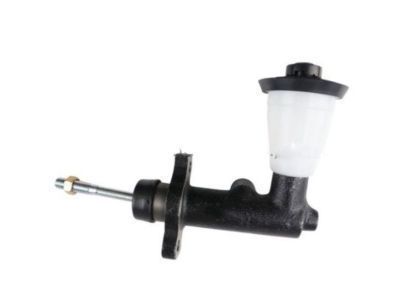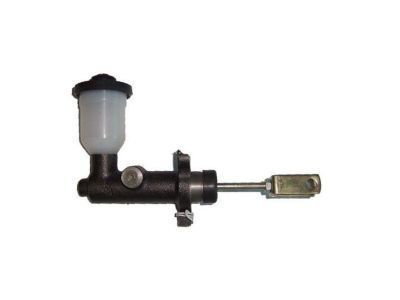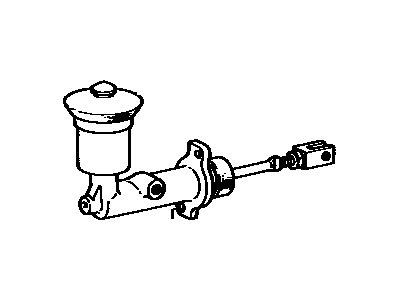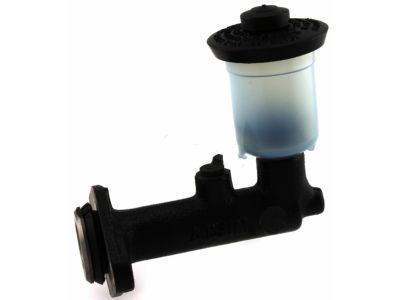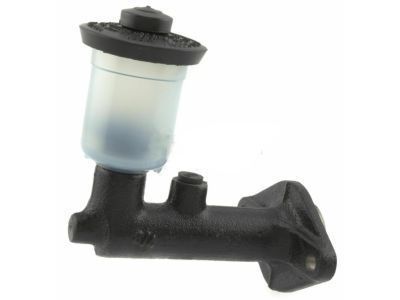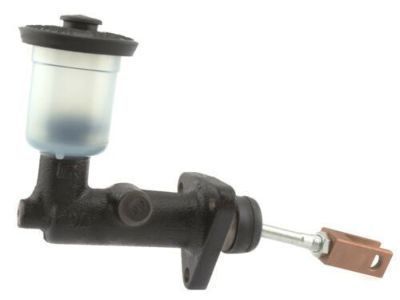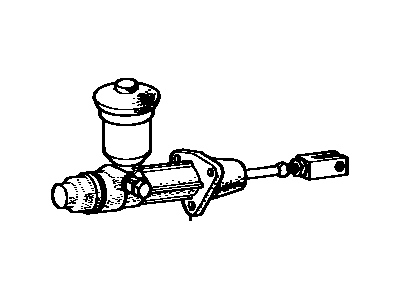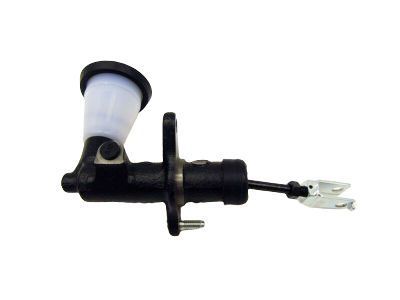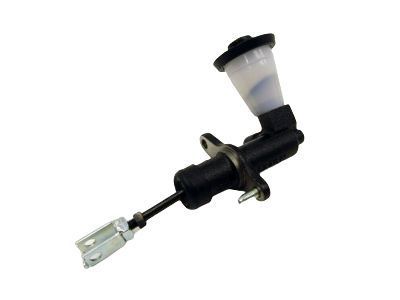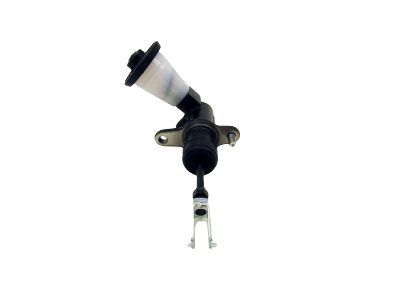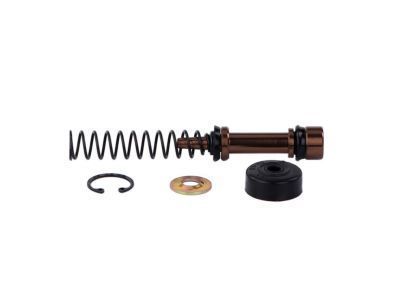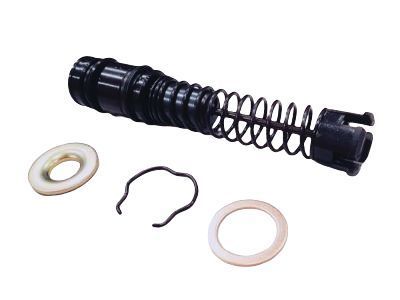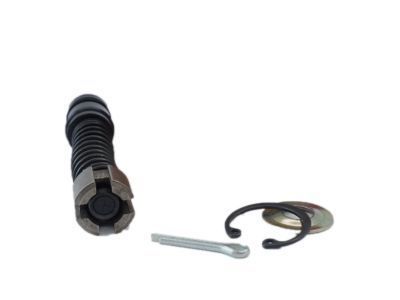

My Garage
My Account
Cart
Genuine Toyota Land Cruiser Clutch Master Cylinder
- Select Vehicle by Model
- Select Vehicle by VIN
Select Vehicle by Model
orMake
Model
Year
Select Vehicle by VIN
For the most accurate results, select vehicle by your VIN (Vehicle Identification Number).
14 Clutch Master Cylinders found
Toyota Land Cruiser Clutch Master Cylinder Assembly
Part Number: 31410-60060$183.38 MSRP: $262.96You Save: $79.58 (31%)Ships in 1-3 Business DaysToyota Land Cruiser Clutch Master Cylinder Assembly
Part Number: 31401-60020$187.08 MSRP: $268.27You Save: $81.19 (31%)Ships in 1-3 Business DaysToyota Land Cruiser Clutch Master Cylinder Assembly
Part Number: 31410-60040$183.15 MSRP: $262.62You Save: $79.47 (31%)Toyota Land Cruiser Clutch Master Cylinder Assembly
Part Number: 31410-60280$182.34 MSRP: $261.46You Save: $79.12 (31%)Toyota Land Cruiser Cylinder Kit, Clutch Master
Part Number: 04311-60050$56.16 MSRP: $78.49You Save: $22.33 (29%)Ships in 1-3 Business DaysToyota Land Cruiser Clutch Master Cylinder Assembly
Part Number: 31401-60021$187.08 MSRP: $268.27You Save: $81.19 (31%)Ships in 1-3 Business DaysToyota Land Cruiser Clutch Master Cylinder Assembly
Part Number: 31410-60290$166.61 MSRP: $236.86You Save: $70.25 (30%)Ships in 1-3 Business DaysToyota Land Cruiser Cylinder Kit, Clutch Master
Part Number: 04311-40010$32.95 MSRP: $46.06You Save: $13.11 (29%)Toyota Land Cruiser Cylinder Kit, Clutch Master
Part Number: 04311-60030$56.51 MSRP: $78.99You Save: $22.48 (29%)
Toyota Land Cruiser Clutch Master Cylinder
If you are in demand for superior quality and affordable OEM Toyota Land Cruiser Clutch Master Cylinder, then shop with us! We own a wide range of the reduced-priced genuine Toyota Land Cruiser Clutch Master Cylinder. You can purchase in confidence as all parts come with a manufacturer's warranty. Any issues with our products? No need to worry as we have a hassle-free return policy to guide you every step of the way.
Toyota Land Cruiser Clutch Master Cylinder Parts Questions & Experts Answers
- Q: What steps should be followed for the removal, overhaul, and installation of a clutch master cylinder on Toyota Land Cruiser?A:Before beginning this procedure, contact local parts stores and dealer service departments concerning the purchase of a rebuild kit or a new release cylinder, as the availability and cost of the necessary parts may dictate whether the cylinder is rebuilt or replaced with a new one. If you decide to rebuild the cylinder, inspect the bore before purchasing parts. Disconnect the cable from the negative terminal of the battery, ensuring you have the correct activation code for the stereo if it has an anti-theft system. Disconnect the master cylinder pushrod from the Clutch Pedal by removing the clip and clevis pin, then disconnect the hydraulic line from the master cylinder and drain the fluid into a suitable container, using a flare-nut wrench if available to prevent rounding off the fitting. Remove the master cylinder flange mounting nuts and withdraw the unit from the engine compartment. Detach the hold-down bolt located inside the reservoir tank and remove the reservoir, noting that newer models may use a slotted spring pin that requires driving out with a small punch. Pull back the boot and remove the snap-ring, then pull out the pushrod, washer, and piston. Examine the inner surface of the cylinder bore; if it is scored or shows bright wear areas, the entire master cylinder should be replaced. If the cylinder bore is in good condition, obtain a clutch master cylinder rebuild kit and replace all parts included in the kit, cleaning reused parts with new brake fluid, brake system cleaner, or denatured alcohol. The installation of the parts in the cylinder is the reverse of removal, and ensure to bleed the hydraulic system and check the pedal height and freeplay during installation.
Related Toyota Land Cruiser Parts
Browse by Year
1987 Clutch Master Cylinder 1986 Clutch Master Cylinder 1985 Clutch Master Cylinder 1984 Clutch Master Cylinder 1983 Clutch Master Cylinder 1982 Clutch Master Cylinder 1981 Clutch Master Cylinder 1980 Clutch Master Cylinder 1979 Clutch Master Cylinder 1978 Clutch Master Cylinder 1977 Clutch Master Cylinder 1976 Clutch Master Cylinder 1975 Clutch Master Cylinder 1974 Clutch Master Cylinder 1973 Clutch Master Cylinder 1972 Clutch Master Cylinder 1971 Clutch Master Cylinder 1970 Clutch Master Cylinder 1969 Clutch Master Cylinder
